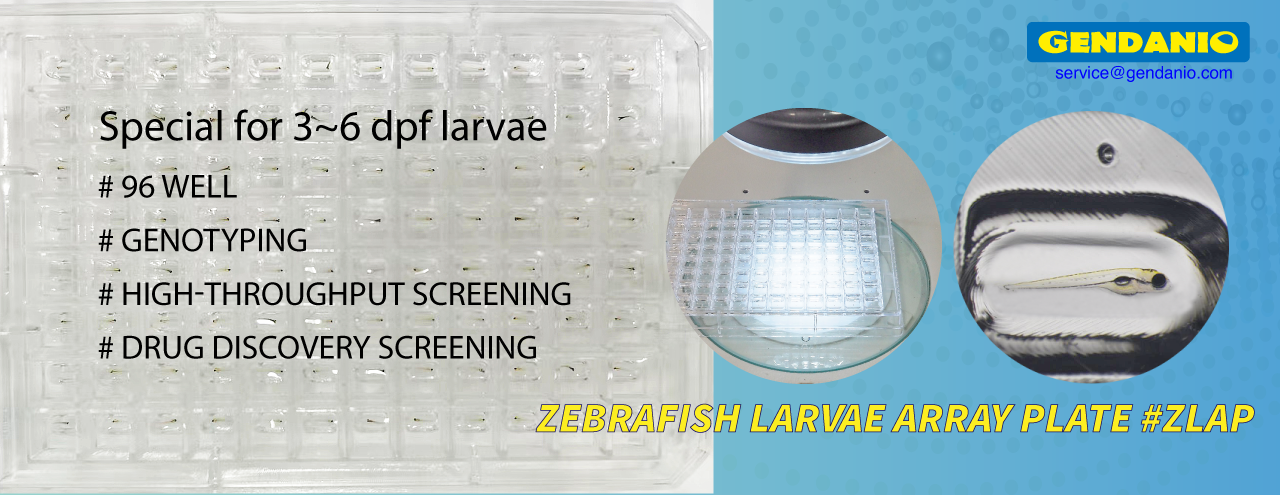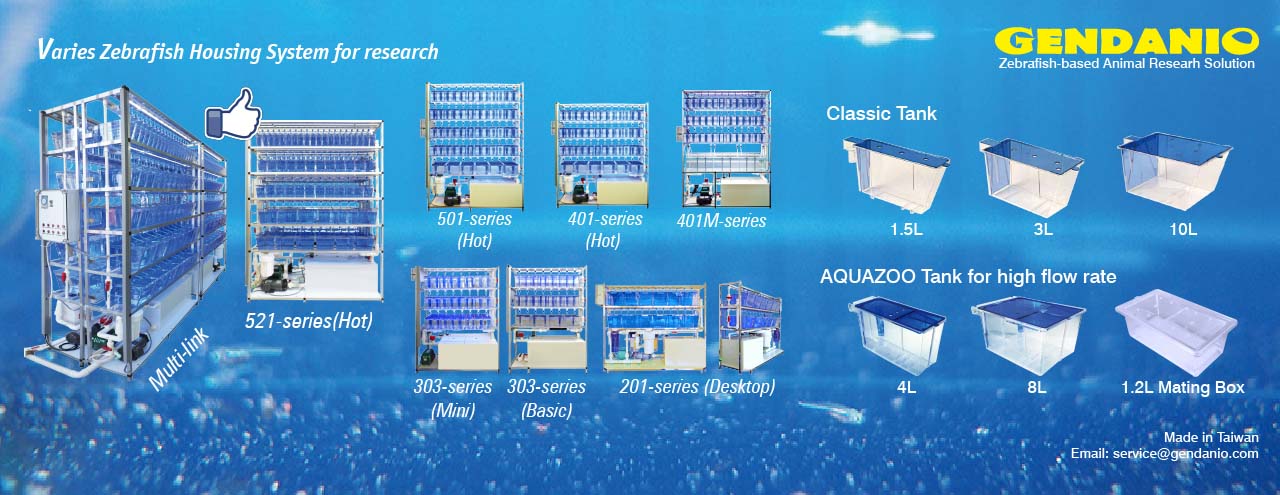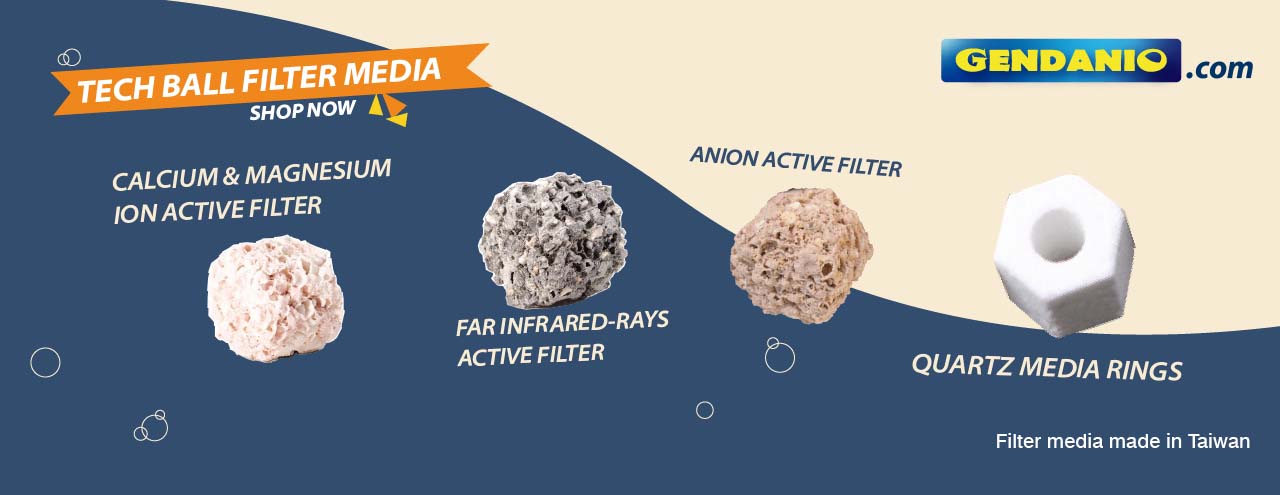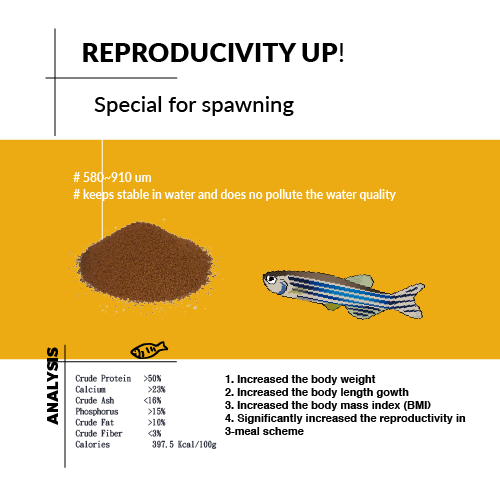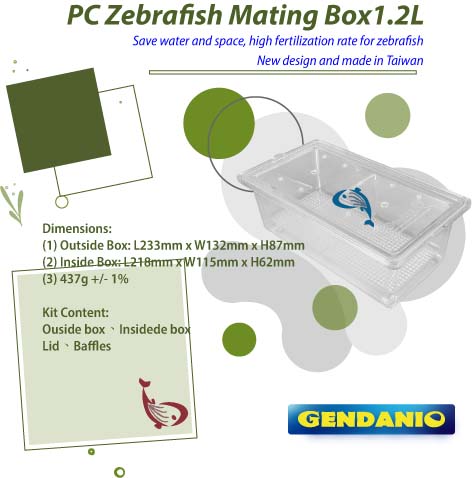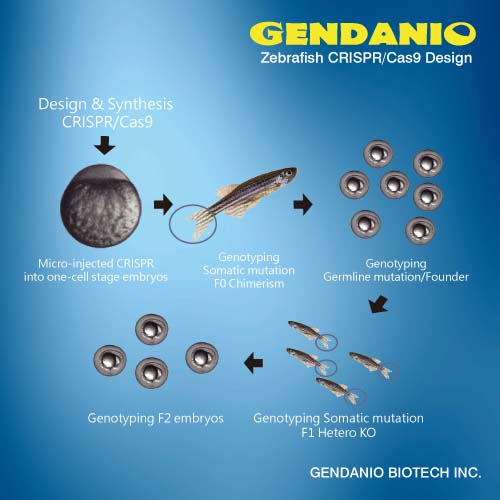Received 7 June 2011; revised 29 September 2011; Accepted 11 October 2011. Published online: November 10, 2011. Available online 10 November 2011.
Summary
Although many of the cellular and molecular mechanisms of angiogenesis have been intensely studied [1], little is known about the processes that underlie vascular anastomosis. We have generated transgenic fish lines expressing an EGFP-tagged version of the junctional protein zona occludens 1 (ZO1) to visualize individual cell behaviors that occur during vessel fusion and lumen formation in vivo. These life observations show that endothelial cells (ECs) use two distinct morphogenetic mechanisms, cell membrane invagination and cord hollowing to generate different types of vascular tubes. During initial steps of anastomosis, cell junctions that have formed at the initial site of cell contacts expand into rings, generating a cellular interface of apical membrane compartments, as defined by the localization of the apical marker podocalyxin-2 (Pdxl2). During the cord hollowing process, these apical membrane compartments are brought together via cell rearrangements and extensive junctional remodeling, resulting in lumen coalescence and formation of a multicellular tube. Vessel fusion by membrane invagination occurs adjacent to a preexisting lumen in a proximal to distal direction and is blood-flow dependent. Here, the invaginating inner cell membrane undergoes concomitant apicobasal polarization and the vascular lumen is formed by the extension of a transcellular lumen through the EC, which forms a unicellular or seamless tube.
Highlights
► In vivo confocal imaging of junctional remodeling during blood vessel fusion ► Different morphogenetic mechanisms lead to vascular tubes of different architectures ► Lumen coalescence is achieved by cell rearrangements generating multicellular tubes ► Unicellular tubes contain a transcellular lumen produced by membrane invagination
Source: sciencedirect


